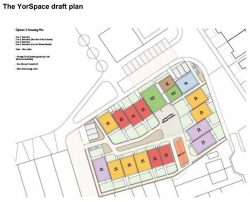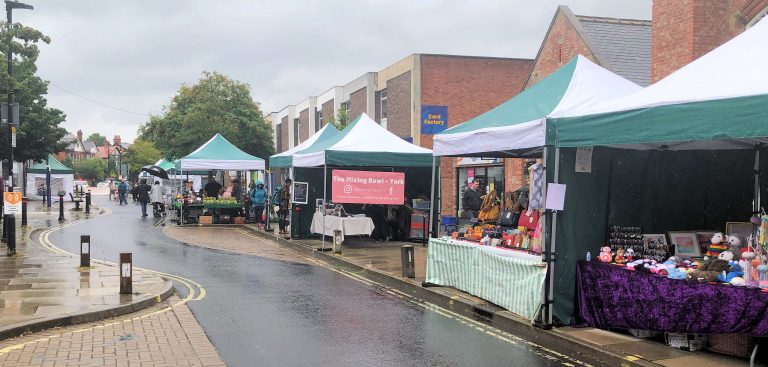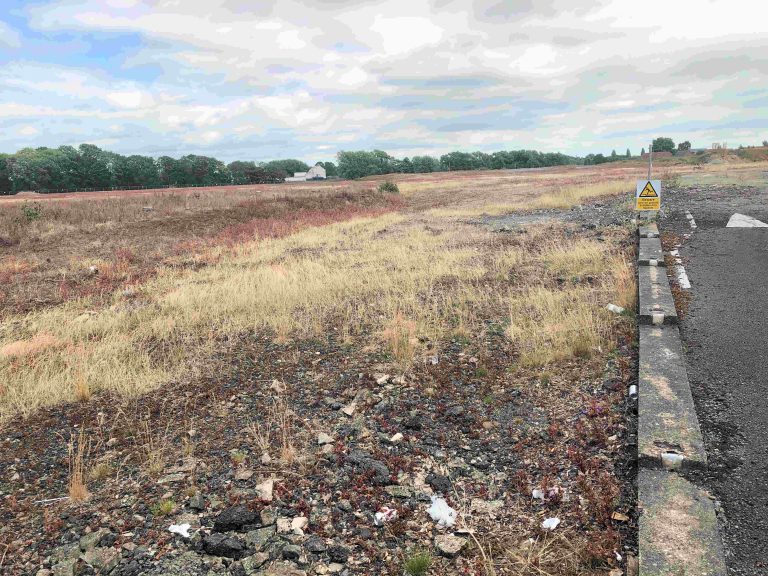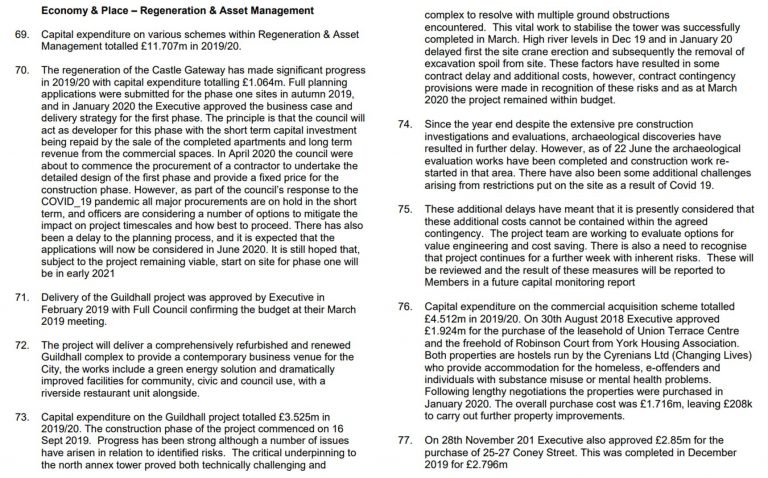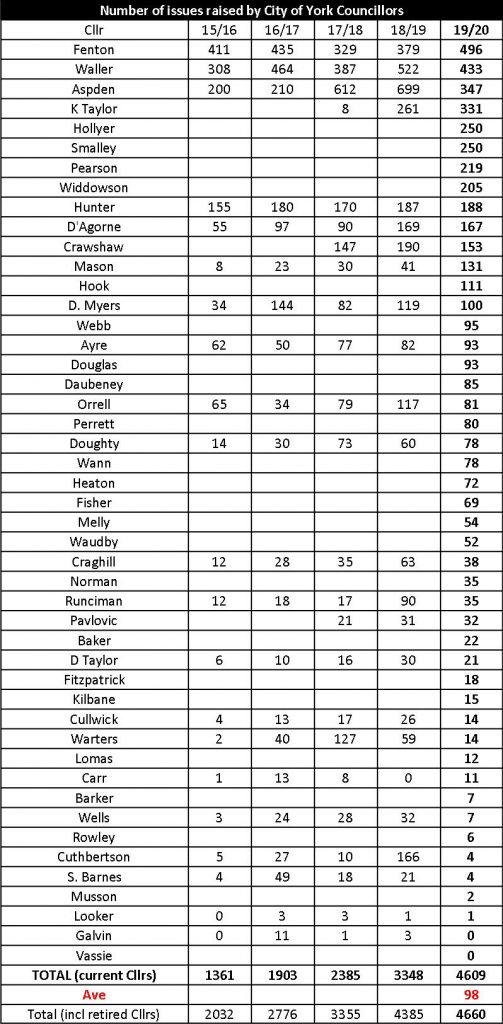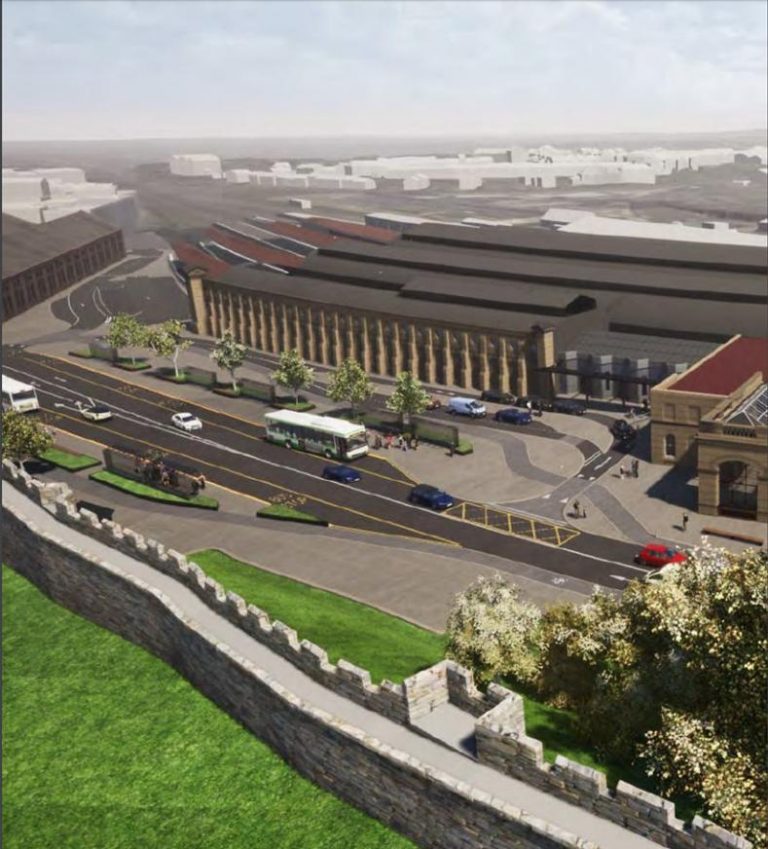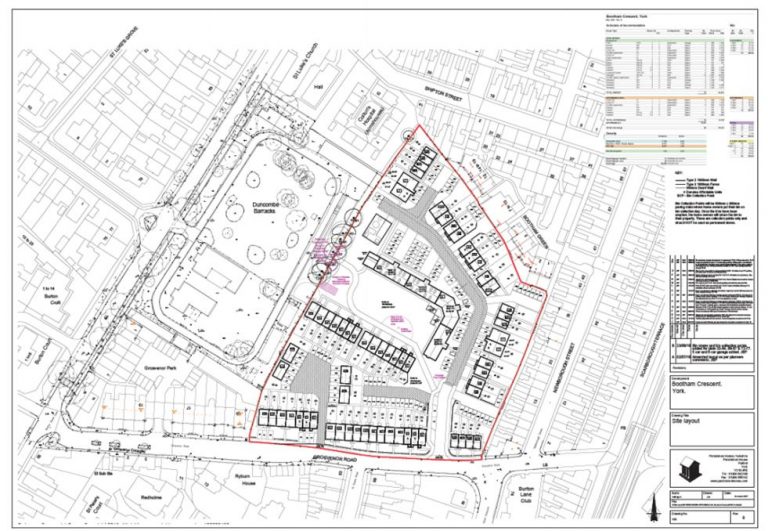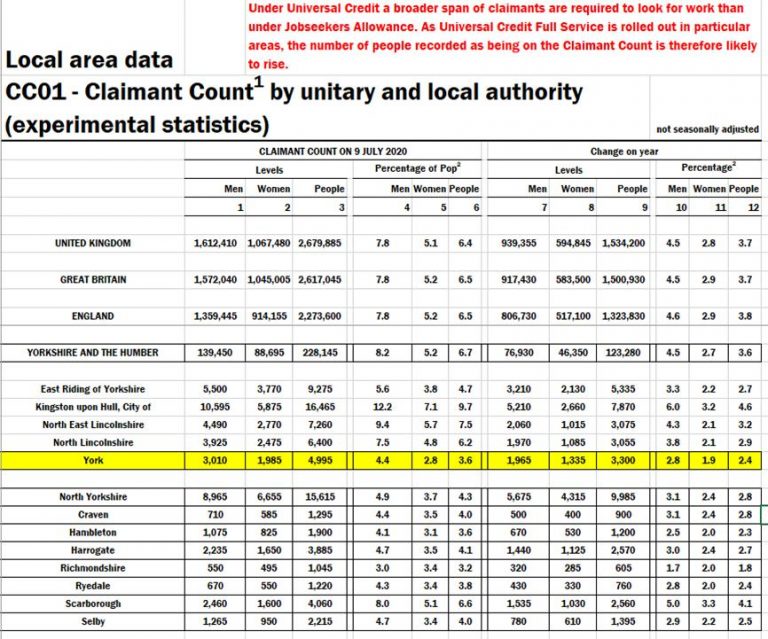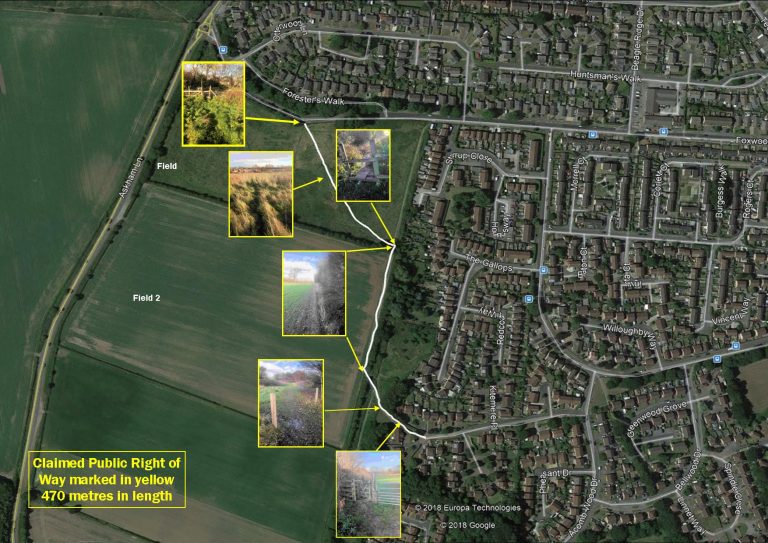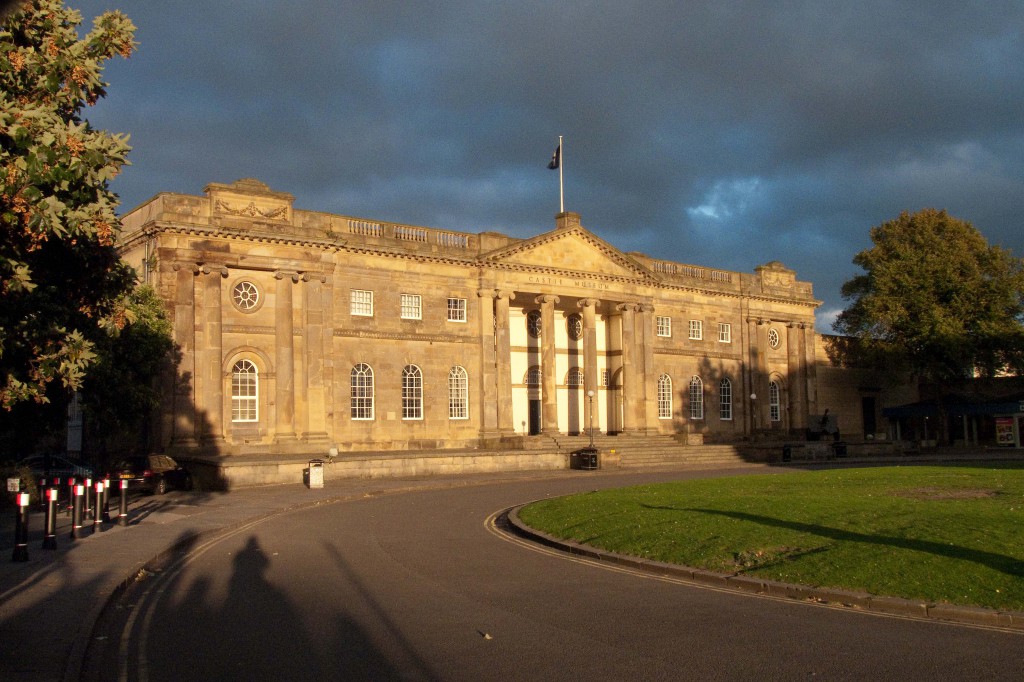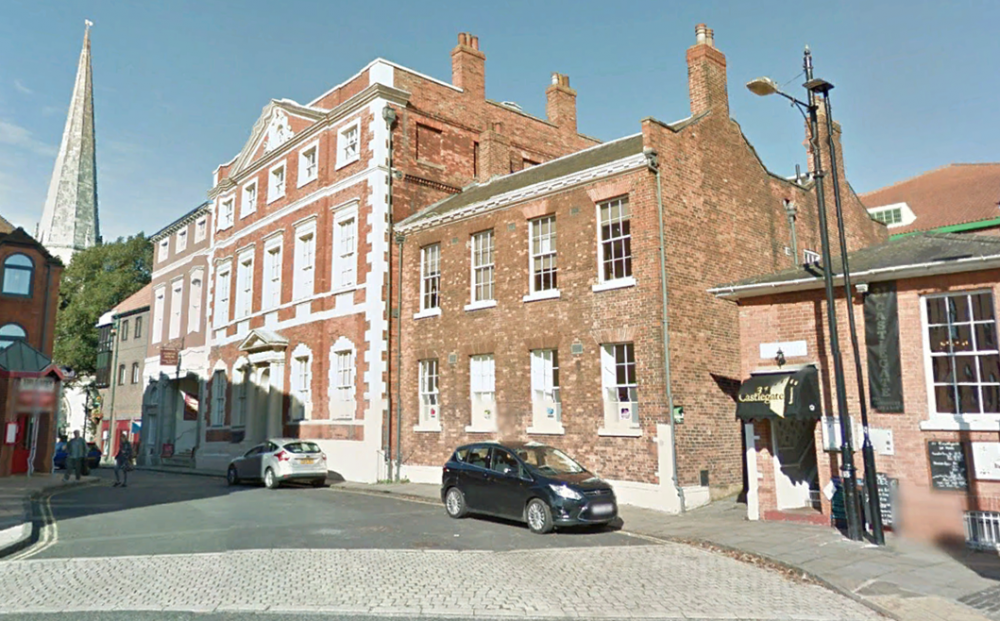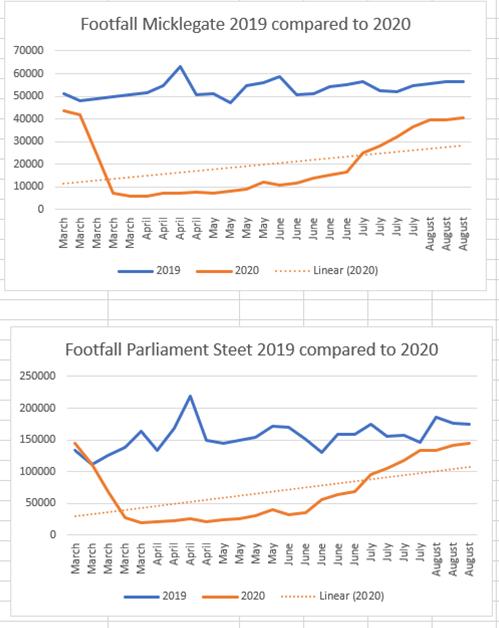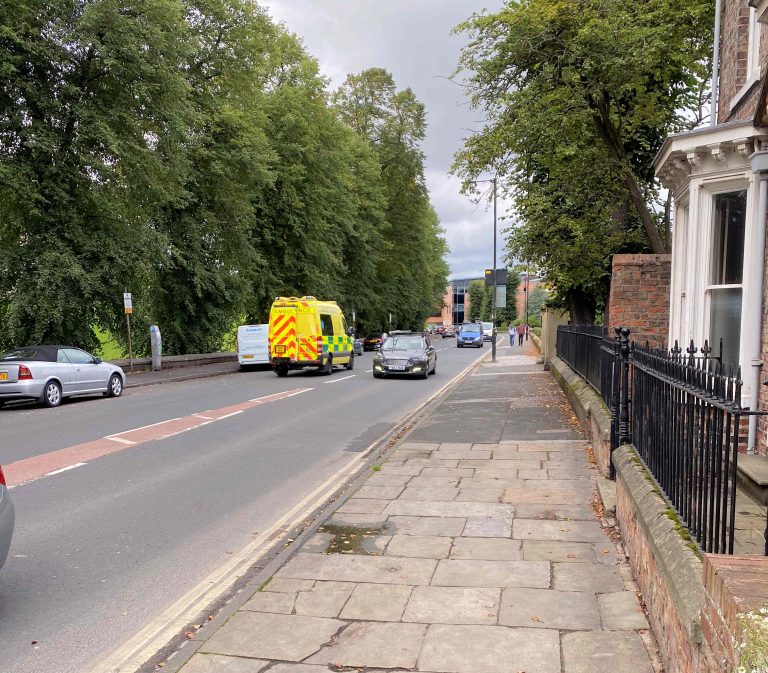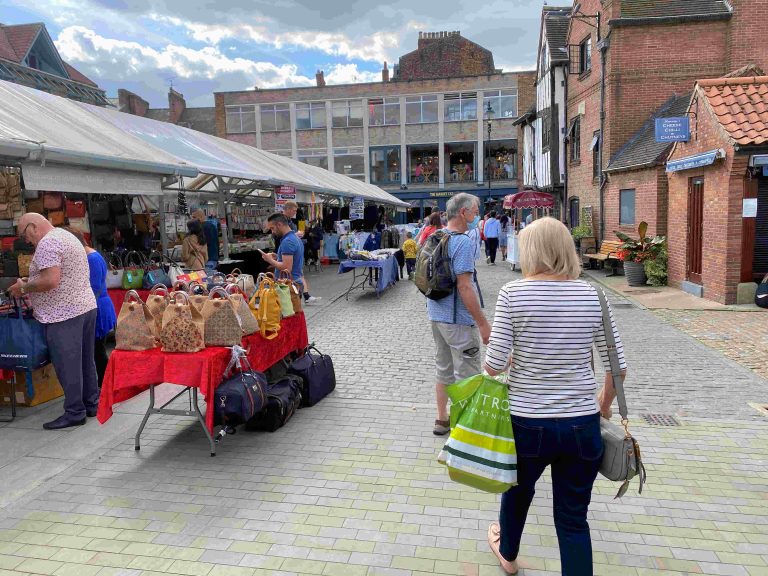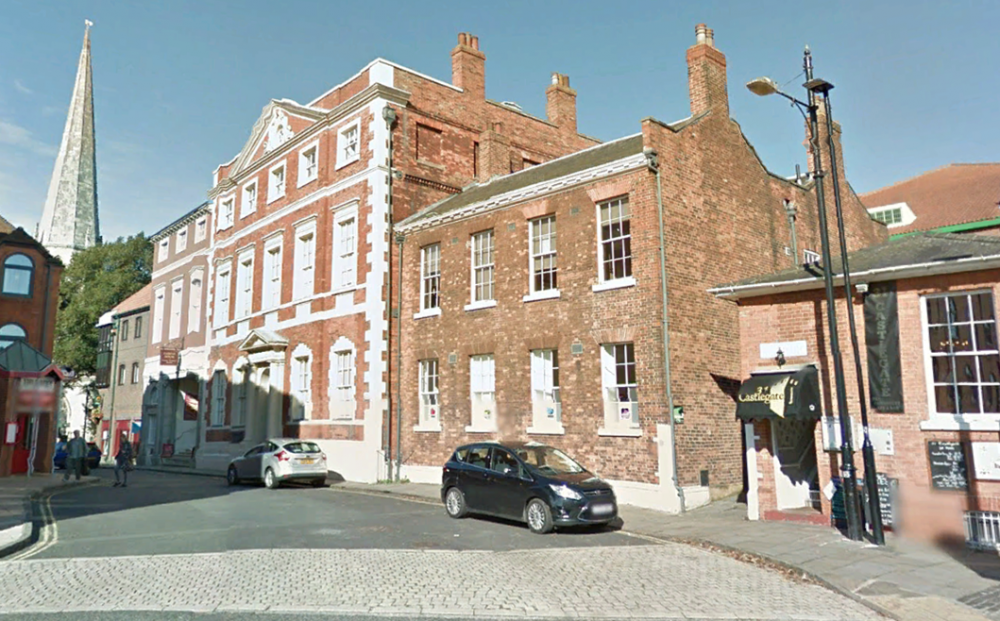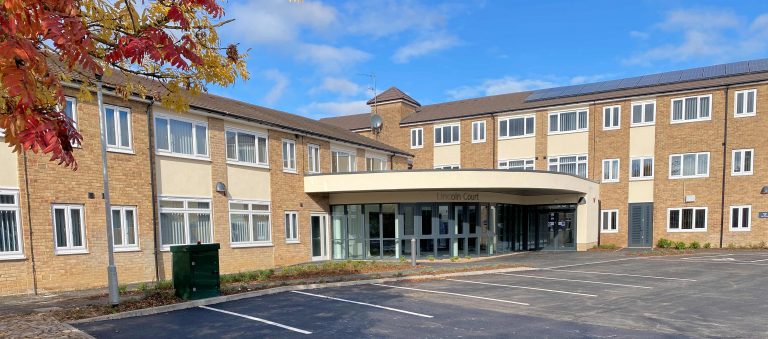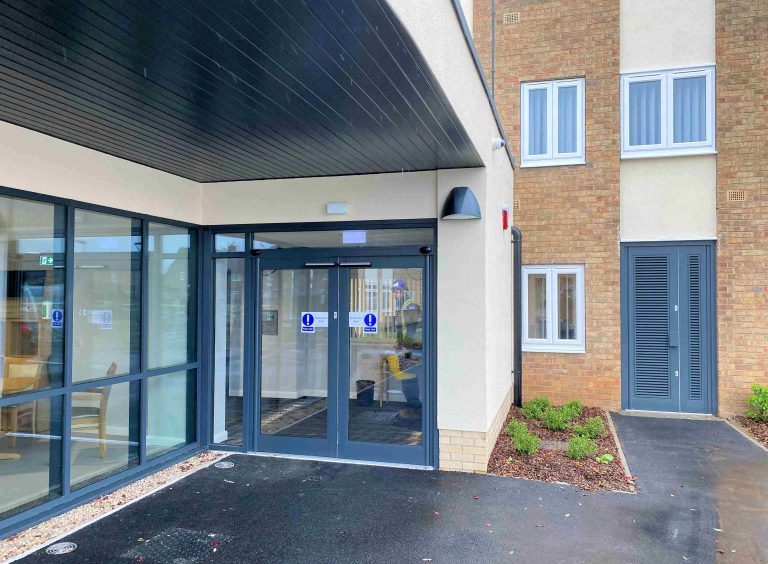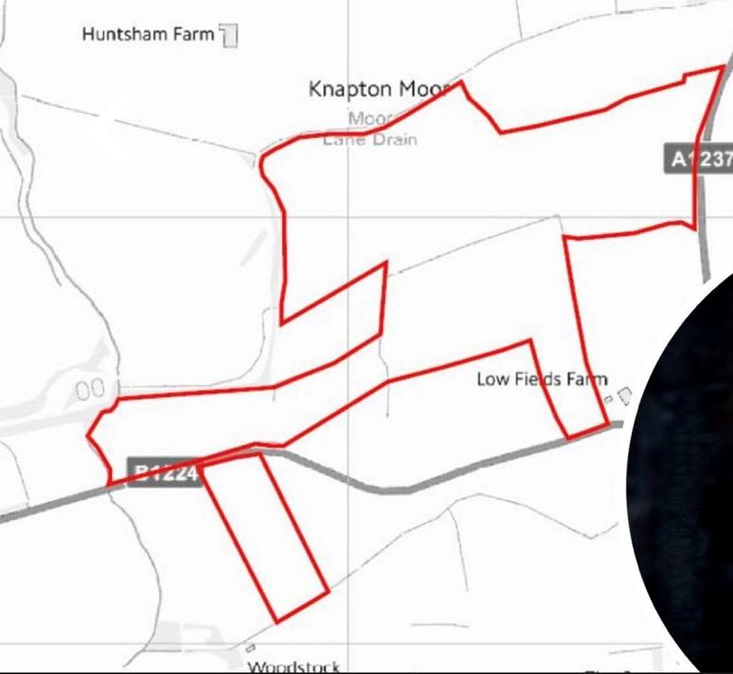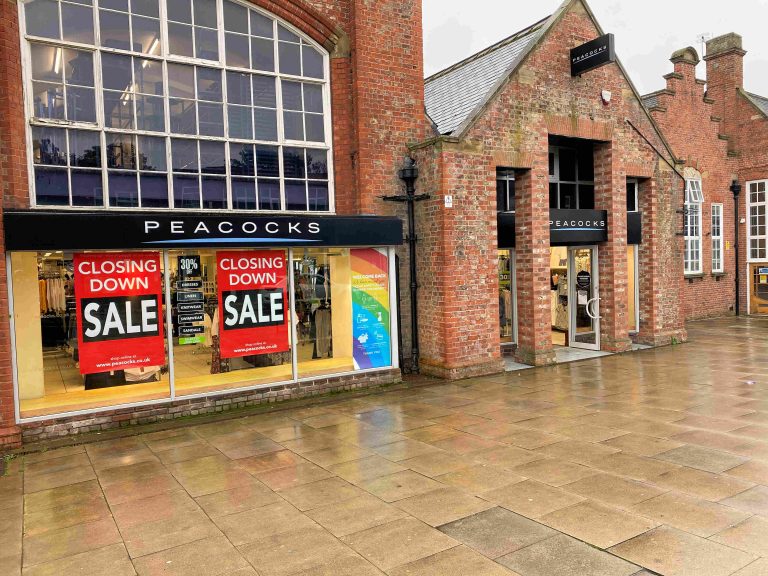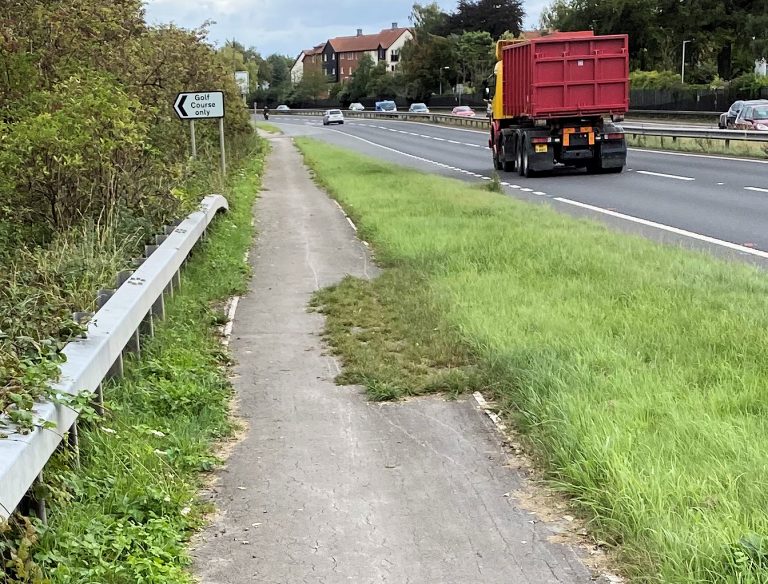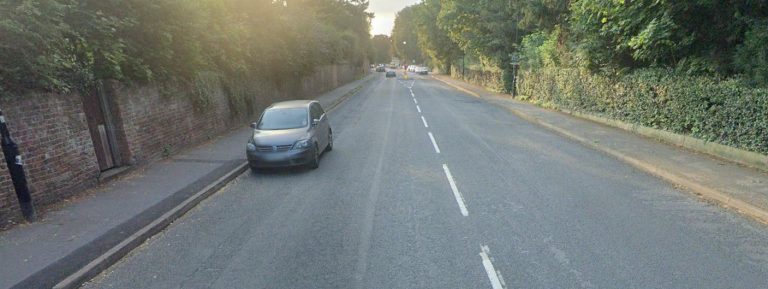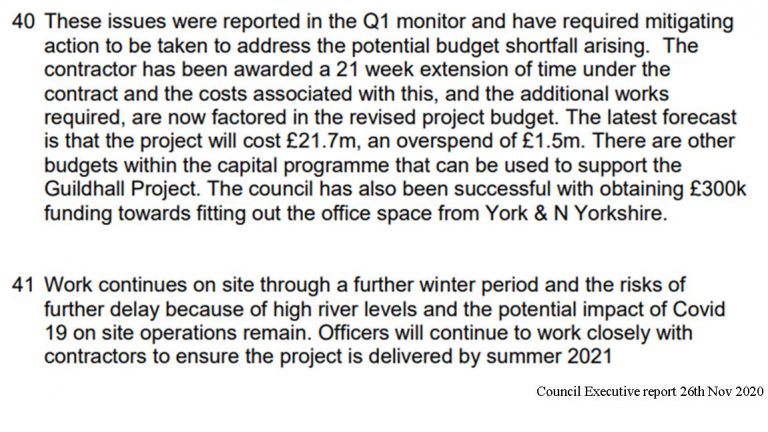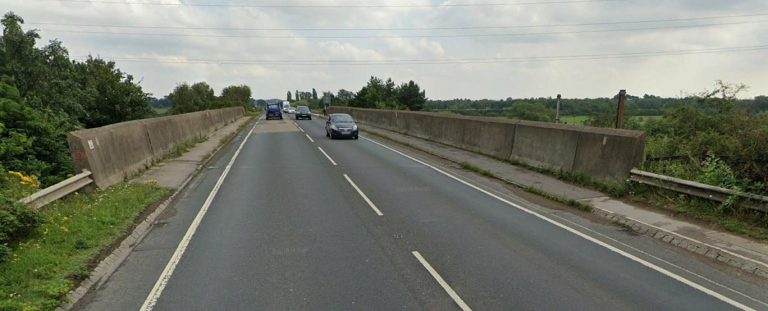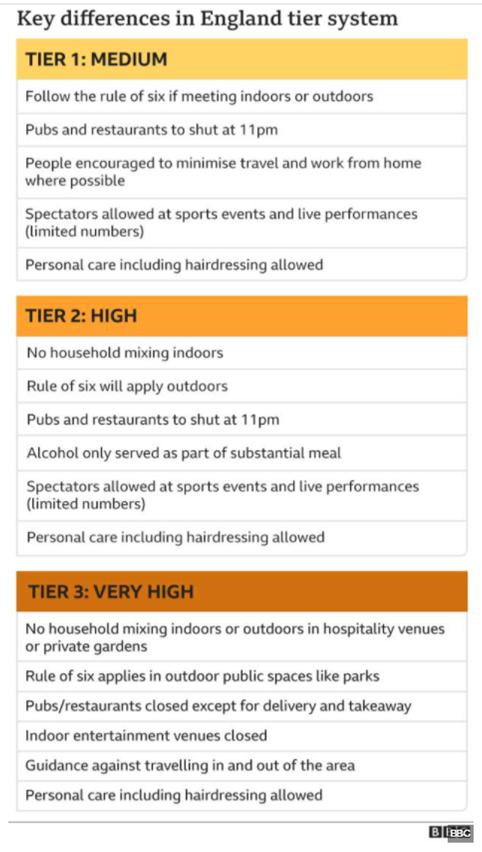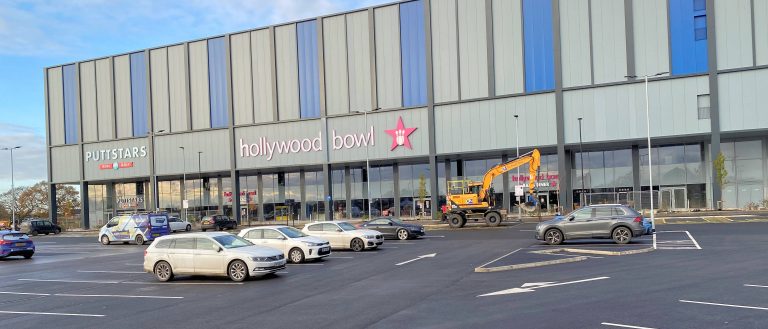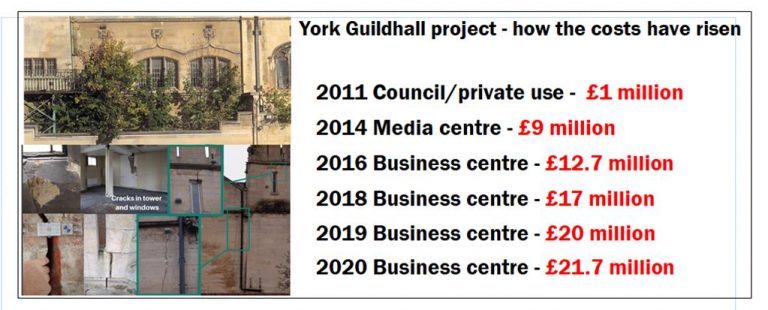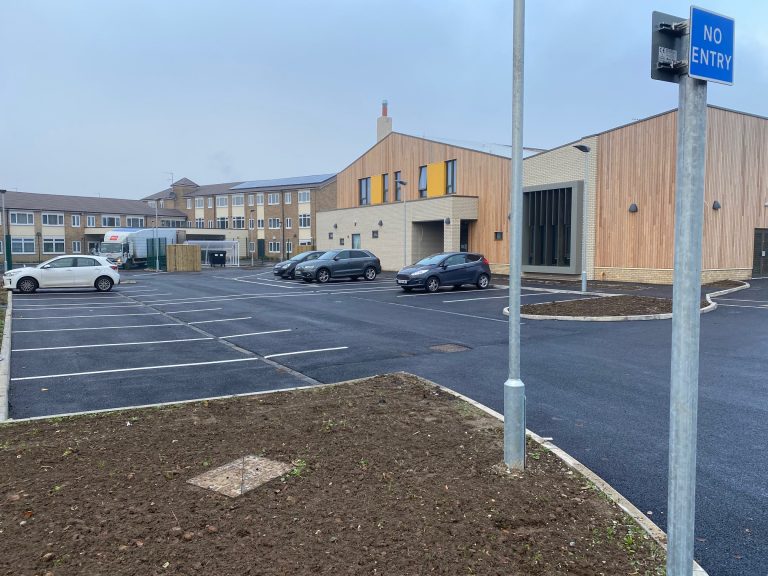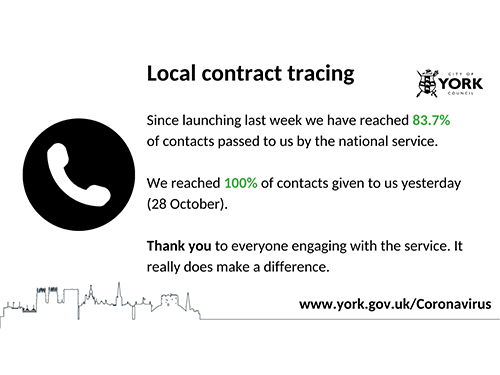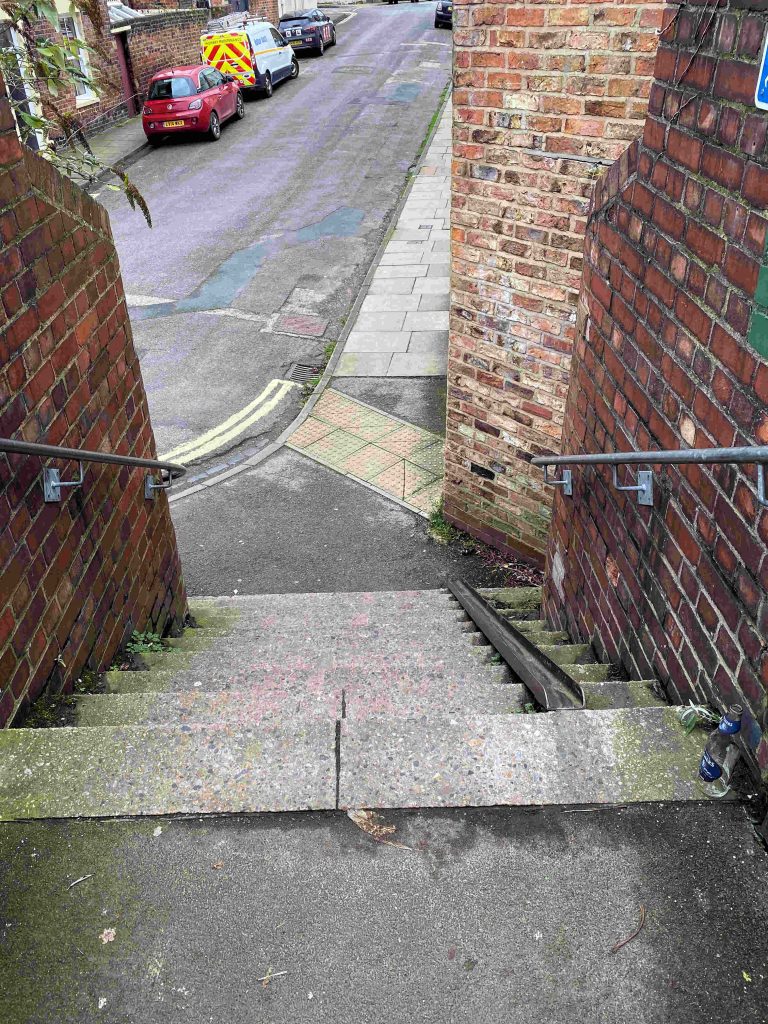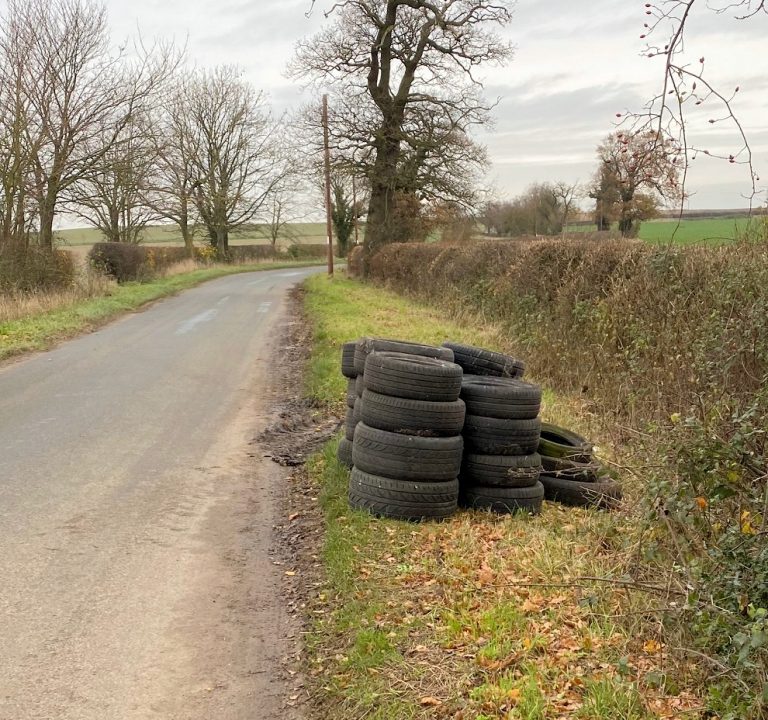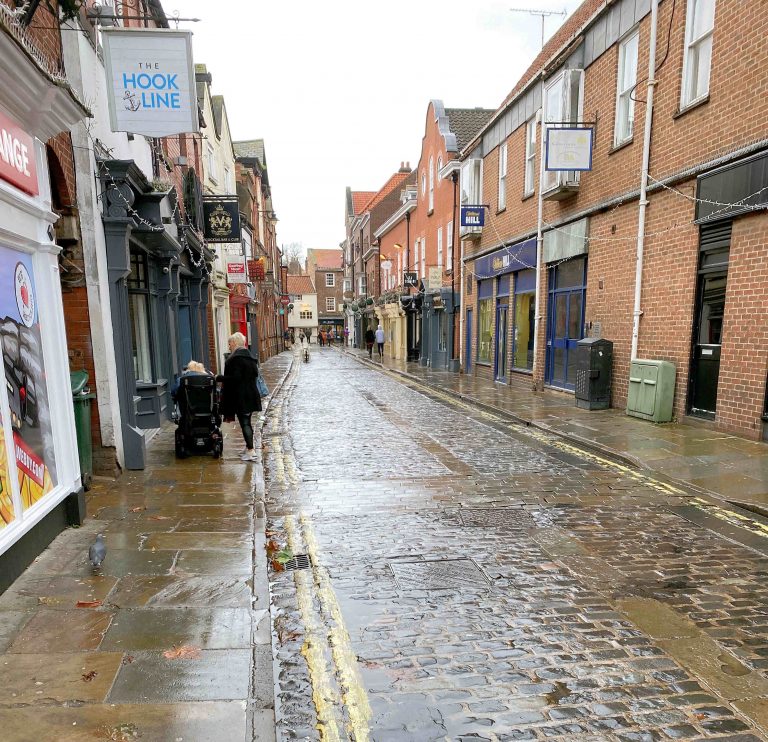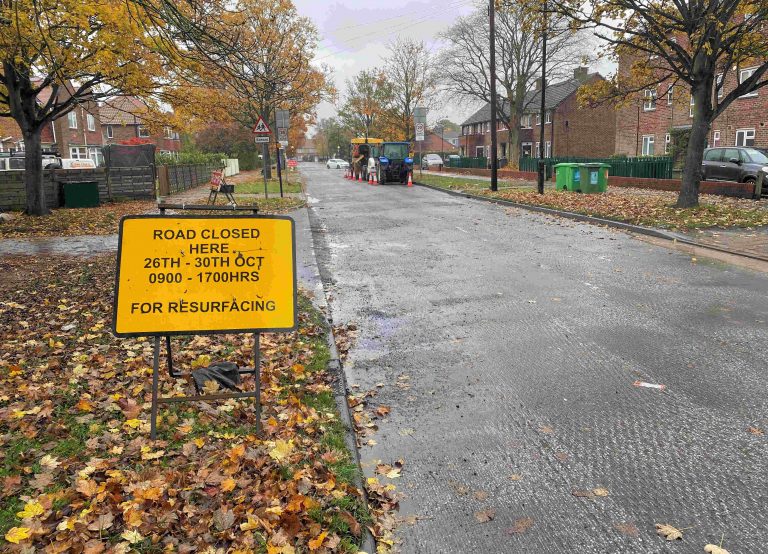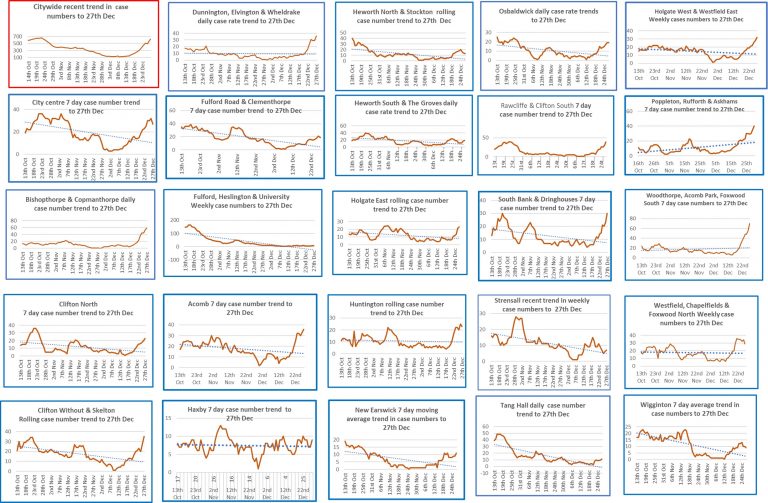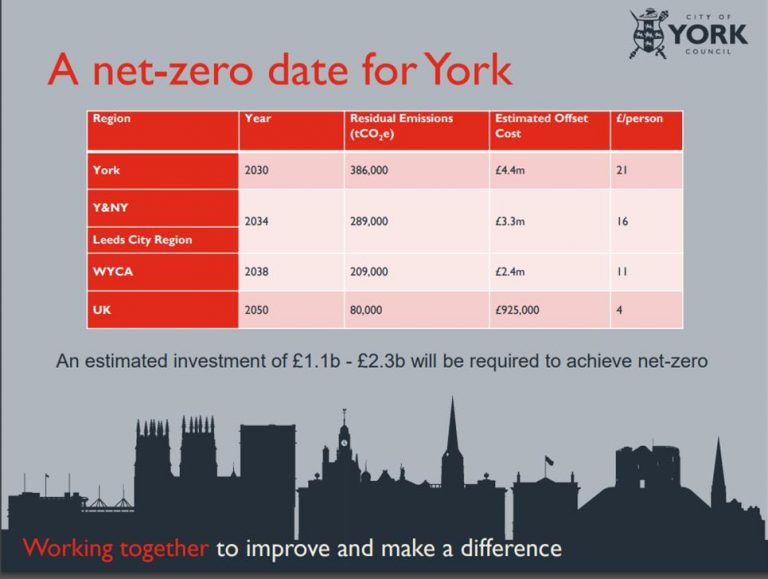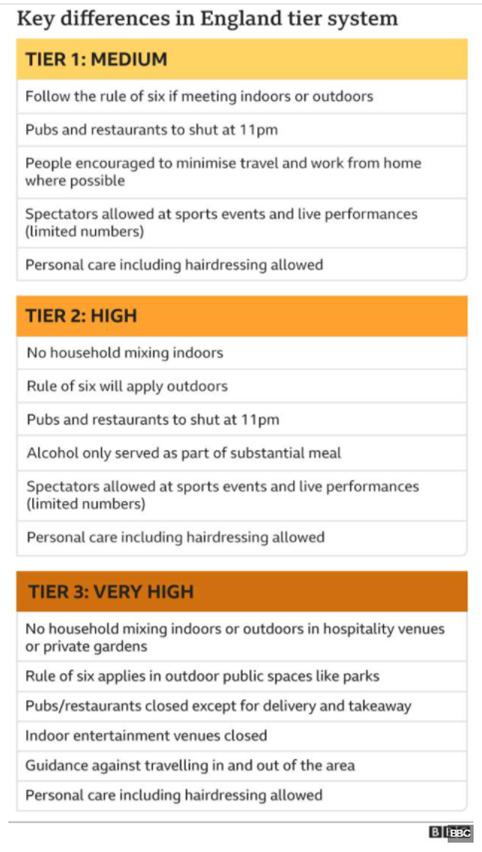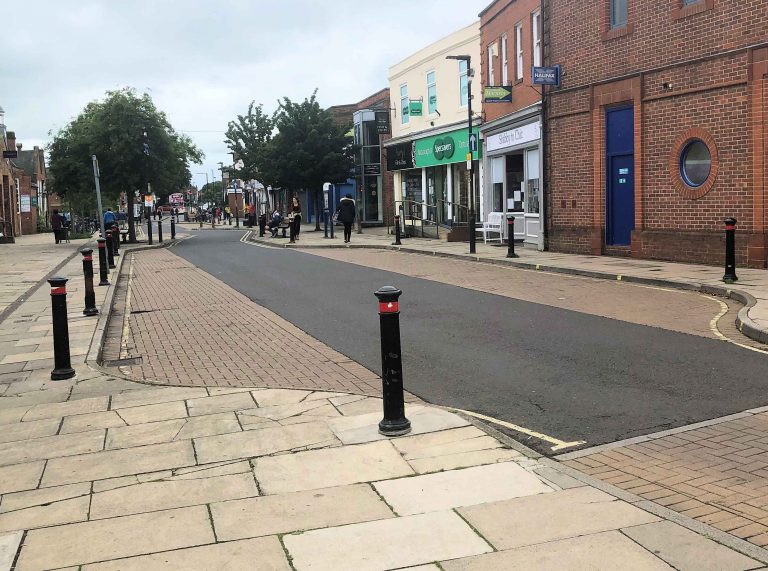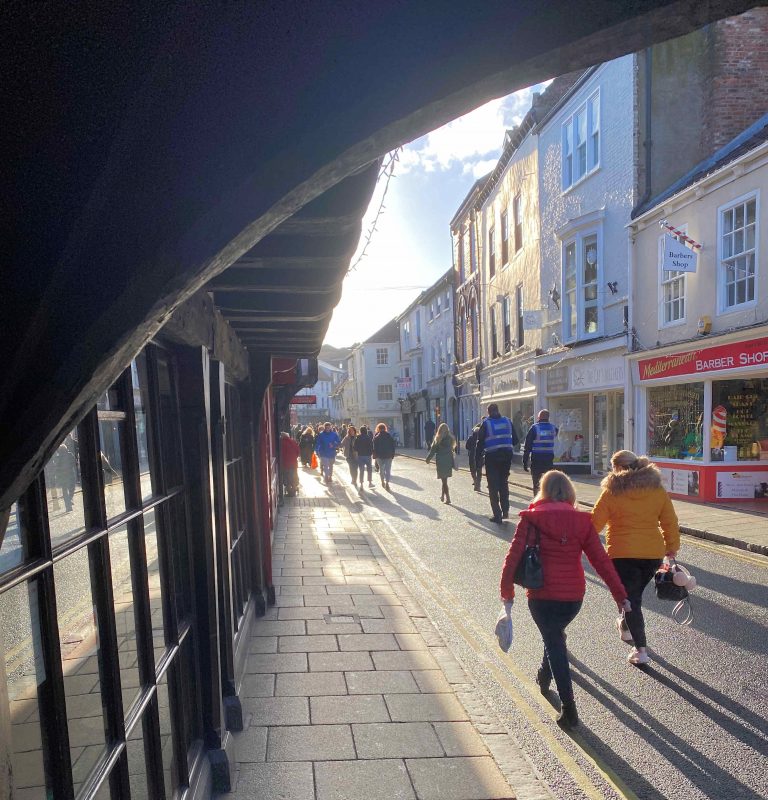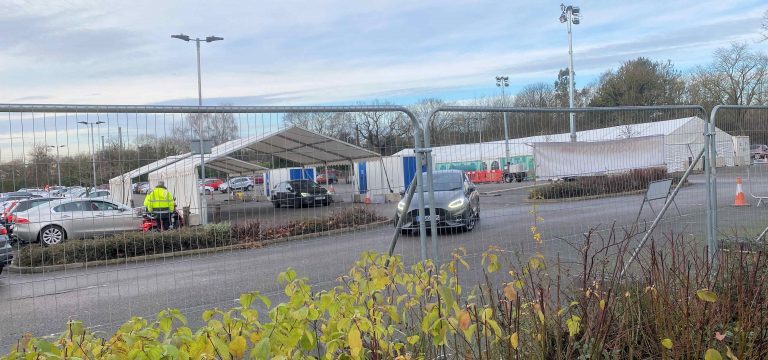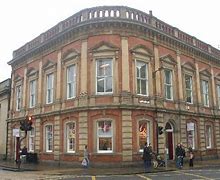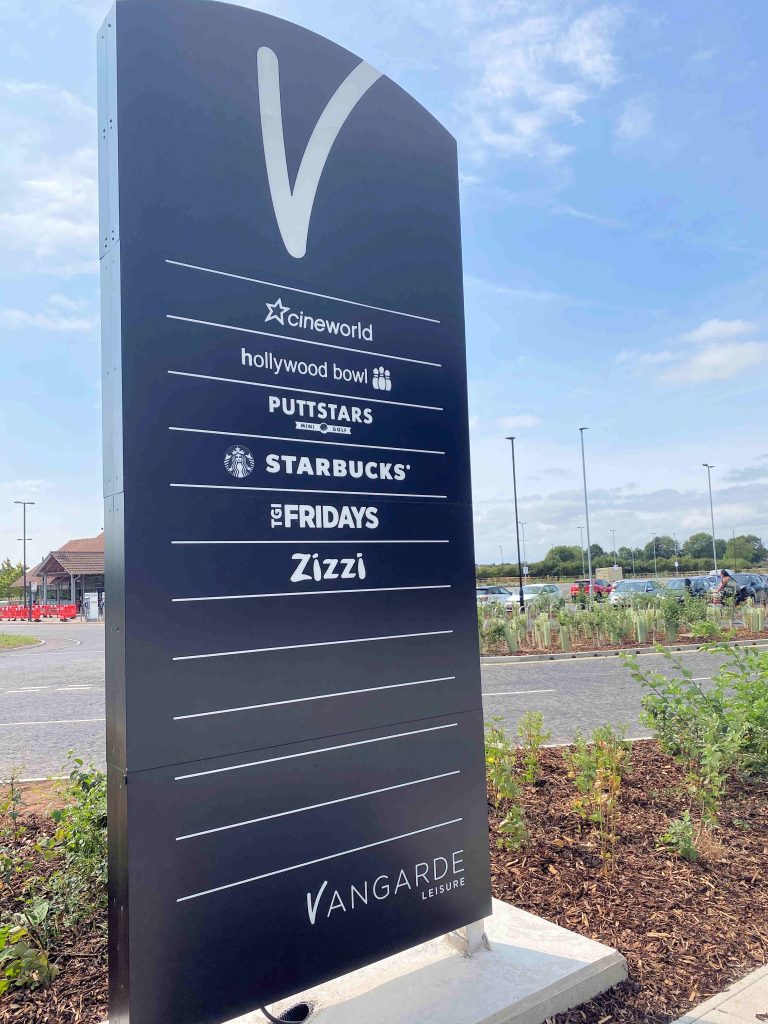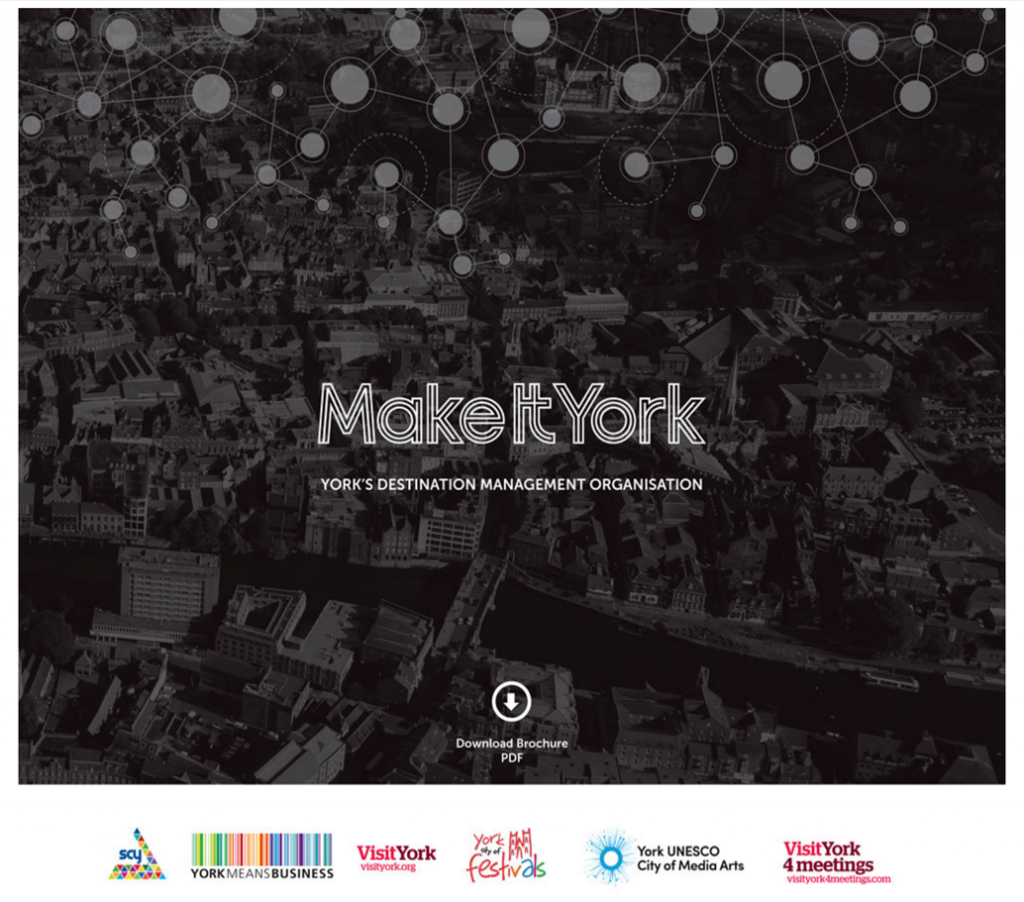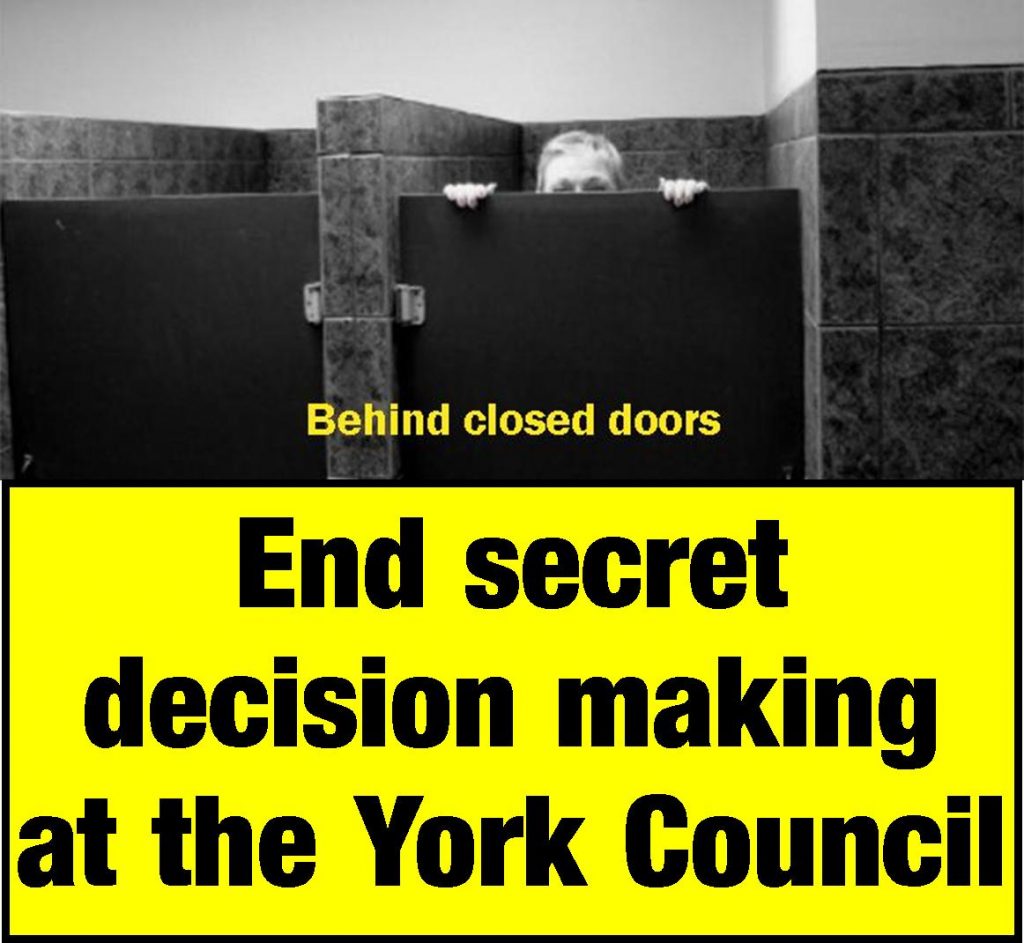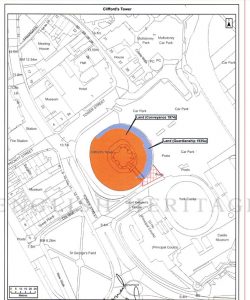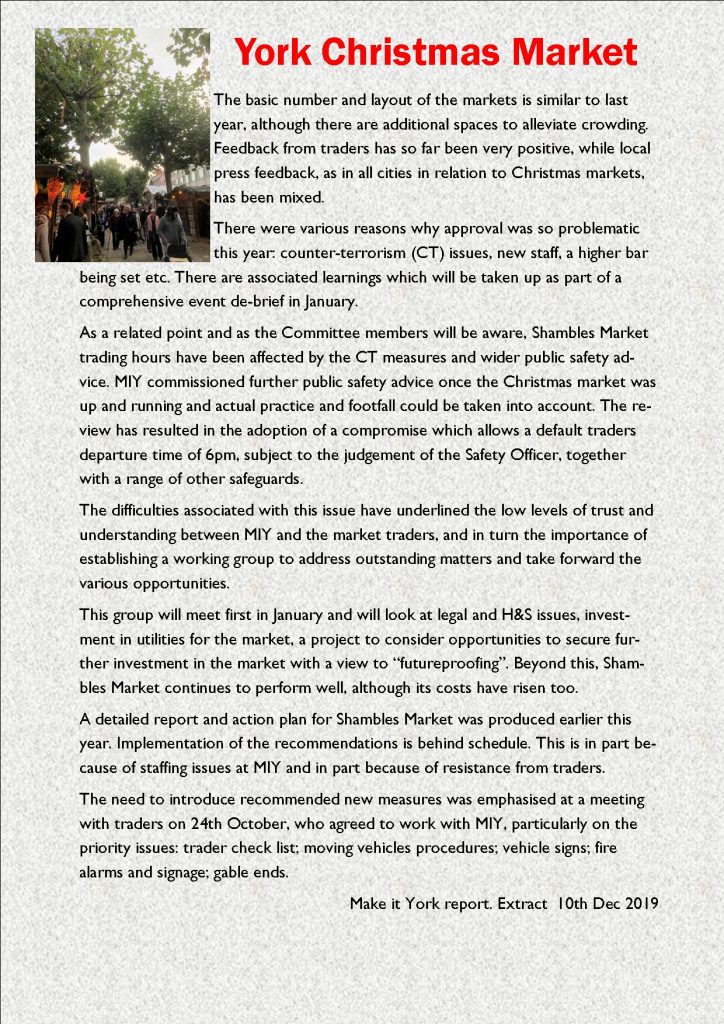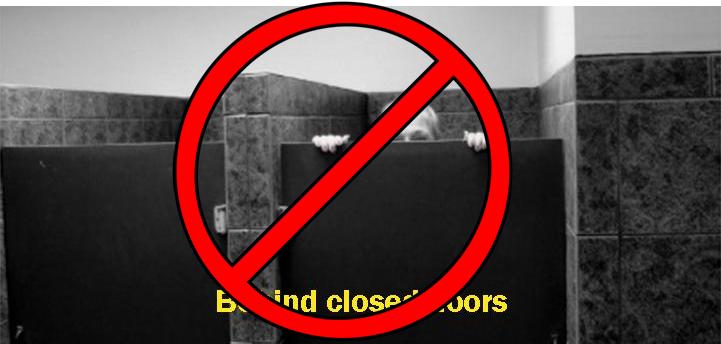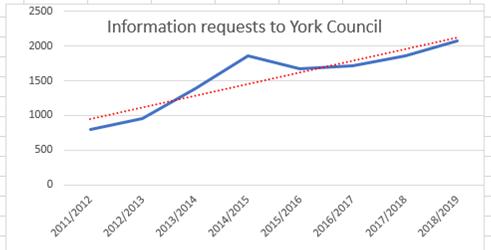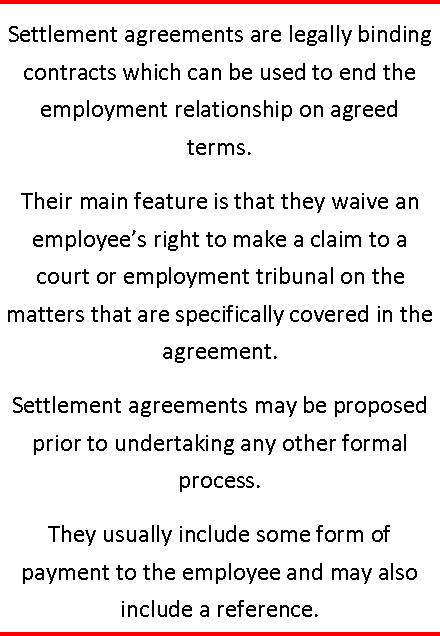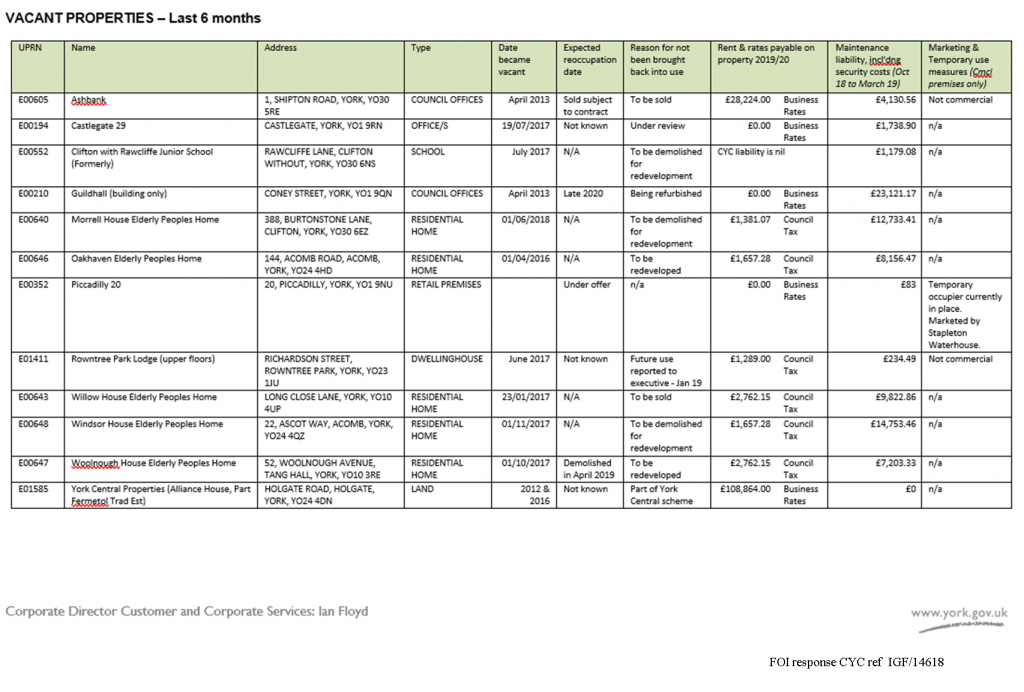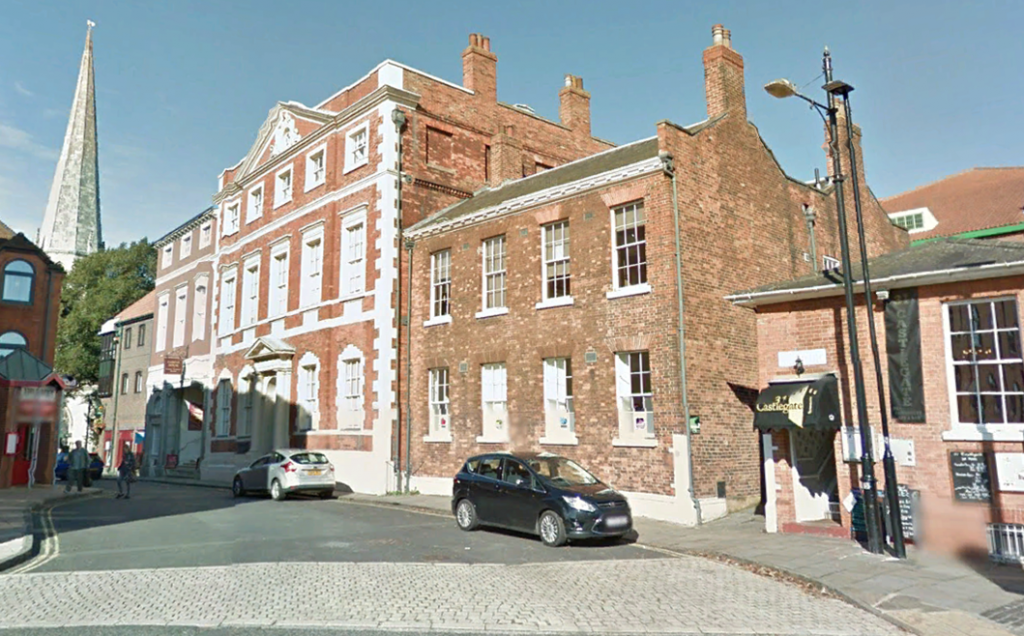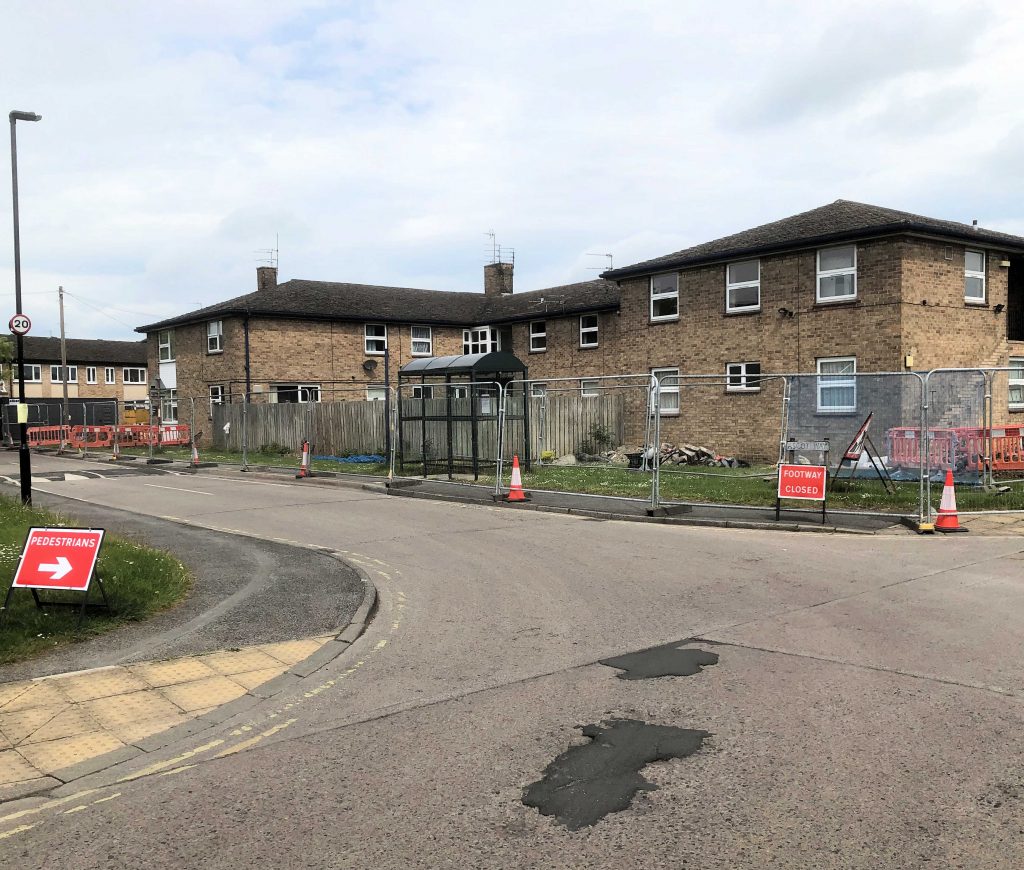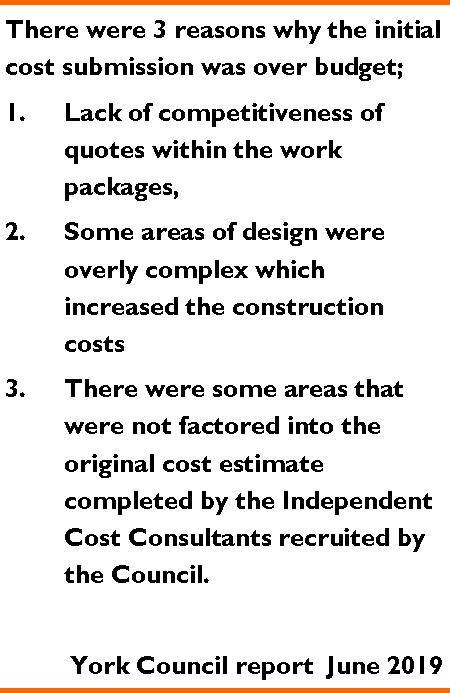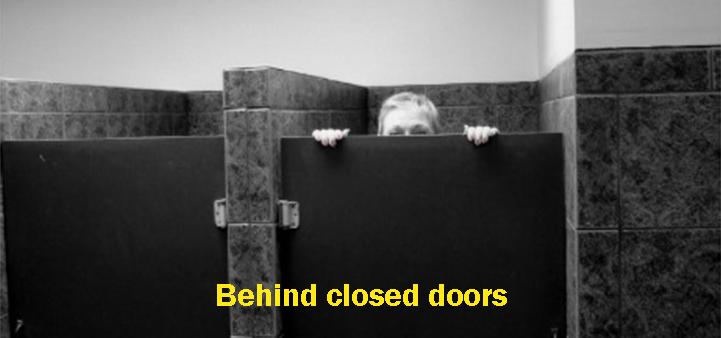Anyone reading the agenda for todays City of York Council meeting may mistake it for a meeting of a University debating society. Verbose, borderline pompous, motions and amendments dominate the agenda.
As the first face to face meeting of the authority since coronavirus struck, there has been plenty of time to fashion an agenda which talks to the people of the City.
Instead we have are offered the spectacle of Council members essentially having a chat with each other.
The City’s day to day problems may as well be taking place on another planet.
The meeting is, for the first time, being held at the racecourse. Perhaps bookmakers will be on hand to offer odds on anything useful emerging as the race reaches the final furlong at 10:00pm?
Earlier in the week, the Councillor responsible for waste collection held a special meeting to discuss the pressing issue of the release of “Chinese lanterns” in the City. The opportunity to also discuss the backlog in refuse collection was missed.
Yet hundreds of unemptied green bins currently adorn our streets.
Earlier a controversial change in the playground refurbishment programme was agreed at a “behind closed doors” meeting. Emergency “delegation” powers – which allow officers to make decisions without consultation or democratic input – were exploited.
The opposition claim (with some justification) to be outraged by the decision. Have they found a way of holding those responsible to account? Apparently not, judging by tonight’s agenda.
With (rightly or wrongly) COVID restrictions being lifted from Monday, the Councils top priority should now be to end the emergency powers and introduce effective governance arrangements.
In the real world, taxpayers expect basic public standards to be maintained.
It is not just the York Council that is out of touch.
Sad to report that, as of yesterday, the promised work to remove overgrowth obstructions from the A64/Tadcaster Road cycle path had not been completed by Highways/Yorks or the Council.
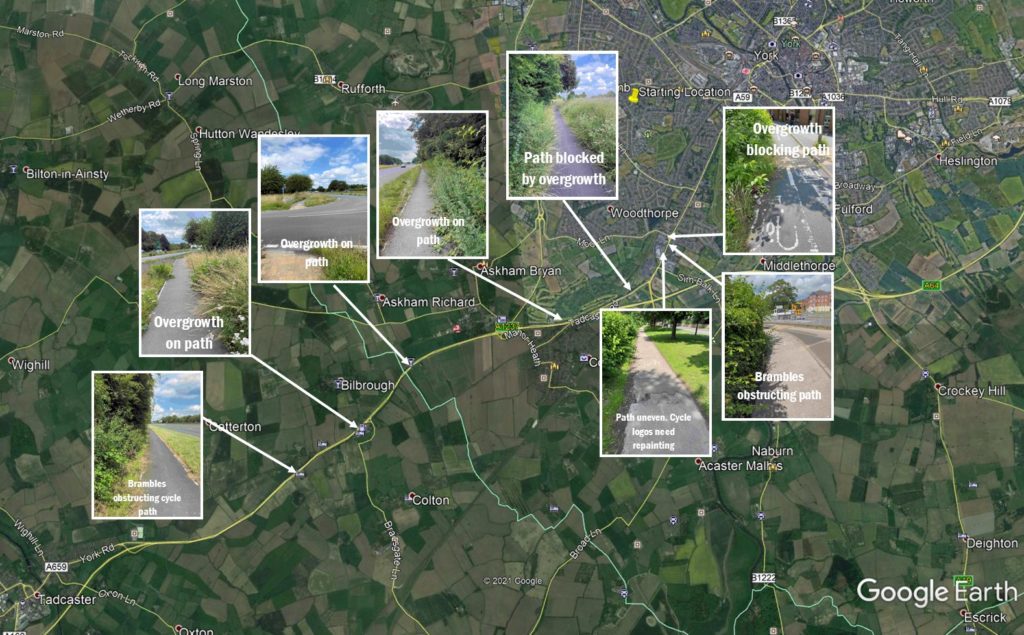
The lack of action contrasts with the panic decisions taken last spring when roads and car parks were closed in order to allow “social distancing” on paths which were already much wider than those which are currently obstructed.


